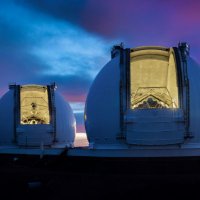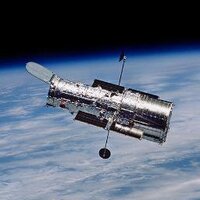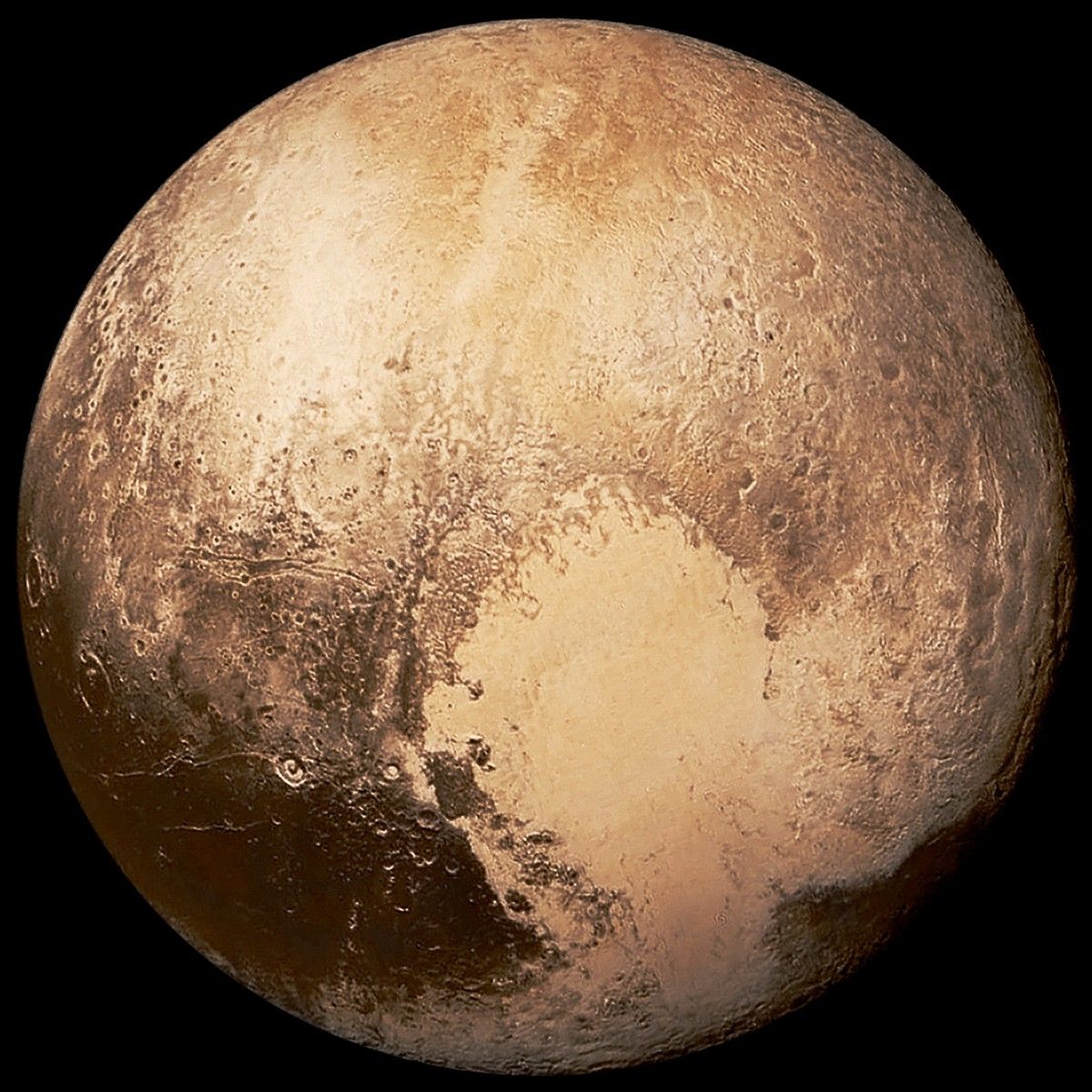
W. M. Keck Observatory
@keckobservatory
W. M. Keck Observatory operates among the most scientifically productive telescopes on Earth on Maunakea, Hawai'i.
ID: 229192814
http://keckobservatory.org 21-12-2010 19:33:26
4,4K Tweet
17,17K Followers
297 Following



Just WOW. An intense fireball captured by 国立天文台 すばる望遠鏡’s Live Cam above our telescope domes ☄️ Maunakea’s views never cease to amaze - so humbled by the awe and wonder of this special place ✨ youtu.be/jzdoNfIqnfY

Today we celebrate John O'Meara and his 6 years of scientific leadership at Keck Observatory. From Nobel celebrations to spearheading cutting-edge technology, John’s dedication to our mission is out of this world! 🎉🔭








W. M. Keck Observatory appoints T. Ilihia Gionson as First Chief of Public Affairs - E komo mai! T. Ilihia Gionson keckobservatory.org/gionson/











